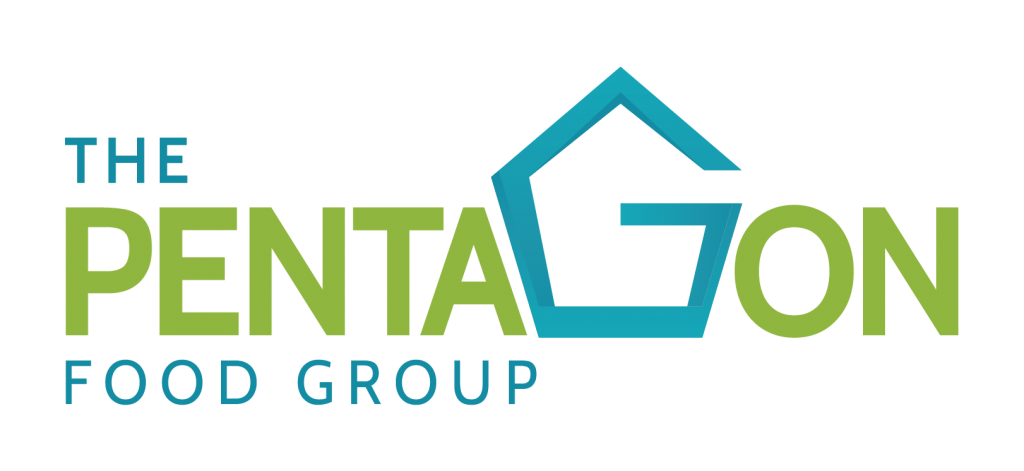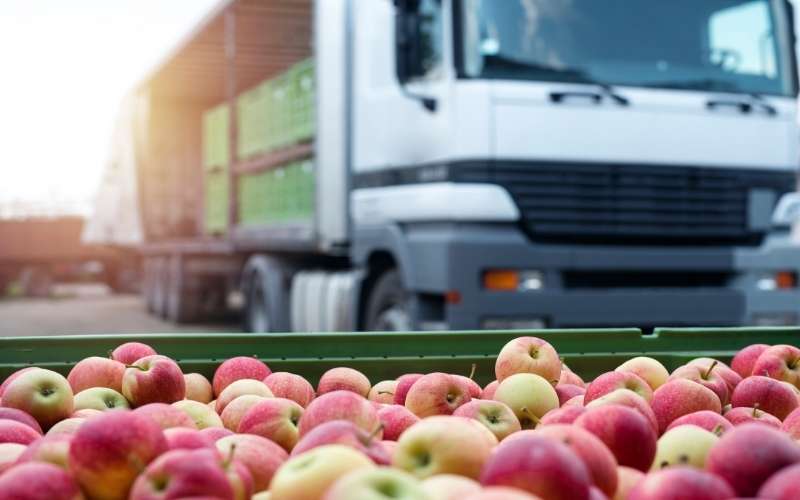What is Food Distribution?
Food distribution involves transporting food from suppliers to consumers. Foodservice distributors provide a bridge between the people who produce food and those who sell it. They collect products from farmers and food processors, store them in warehouses, and then pass them on to retail and wholesale buyers.
The Secret History of Food Distribution
Food distribution primarily relied on small, local farms in the 1940s, but quickly grew into a big business in the 1960s. Three economic developments that allowed the growth of food distribution between 1910 and 1960 were the establishment of chain stores, retail cooperatives, and supermarkets.
How Food Distribution Works?
The business function of any distributor is to break bulk and act as an intermediary between food producers and food operators, such as retailers or restaurants. They break down massive quantities of products from producers into smaller quantities that can be used by the operator. Foodservice distributors store products in their warehouse and typically deliver them to operators.
Food Distribution Channels
The food distribution industry is a large and diverse one. Foodservice distributors are responsible for bringing food products to the customer’s front door, with no additional customer service needed. There are 4 channels of food distribution.
- Cash and Carry Distributors
These distributors do not deal in goods in transit and transportation. Instead, they focus on operating warehouses using warehouse management process flow systems. These warehouses are visited by food service operators, so they can select the products they want to buy and walk out with them on the same day. Cash and carry distributors are commonly used by non-profit organizations, restaurants, and caterers.
- Redistributors
Redistributors do not sell directly to foodservice operators. Instead, they buy directly from manufacturers and then distribute small quantities of purchased goods to small distributors who are not equipped to handle massive quantities. Typically, these are less than truckload (LTL) quantities of products distributed to small restaurants or other food service operators
- Broadline Distributors
This is the most common category of food distribution. Distributors are responsible for handling large volumes of products, and they work primarily with large retail food businesses and grocery store chains.
Because of the large volume of products they distribute, there are often price advantages and discounts for buyers who buy in bulk. This includes massive quantities of fish, meat products, produce, and packaged goods.
- Specialized Distributors
Specialized distributors specialize in a particular product category. They use any special equipment required by their specialized product category. They may also only work with niche foodservice operators such as halal or kosher restaurants and caterers to ensure you never have to worry about cross-contamination. While these outlets may be small, there are companies that need this type of specialized distributor.
Role of Food Distributor in Industry
Foodservice distributors help food service operators expand their businesses and increase their productivity.
They help by focusing on what they are good at, which is selling to customers right away. So, find the right partner, and you will succeed.
In addition, efficient transportation is essential to reduce or prevent wastage of time, materials, and money. Working with a trusted partner is better than losing profits to hire an “easier” but lower quality service. It is worth working with a specialized distributor if you are selling the type of product that requires the right conditions. Consider whether you need refrigerated fleets or special refrigerated containers as well, as you will have to make sure you adhere to specific food safety standards as well.
Related: Role of Food Distributor in Food Industry
Challenges to Food Distributor
Food distribution is something that we all take for granted. We go to the grocery store and there is food on the shelves. We do not think about how it got there or the challenges that food distributors face. From food waste to transportation changes in demand and more, the issues that food distributors face daily.
How to Get Started on Food Distribution
Follow the steps below to learn how to set up a distribution business:
- Choose the product
- Identify your location.
- Decide how you will sell the product.
- Choose how you will manage inventory.
- Determine proper storage location.
- Get a business license.
- Improve your business skills.
- Find manufacturers.
- Negotiate with retailers.
Conclusion
Foodservice distributors offer a range of services that allow restaurants, retailers, hospitals, and other foodservice outlets to obtain products they need on demand. As such, foodservice distributors help ensure that the right product is delivered in the right quantity at the right time while providing data and insights to reliable suppliers.






